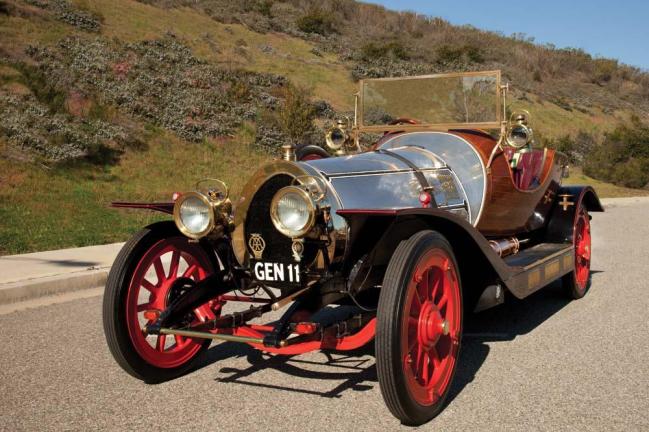
“You‘re sleek as a thoroughbred, your seats are a featherbed, you’ll turn everybody’s head today!“
The wonder car from Roald Dahl and Dick Van Dyke’s classic 1968 musical is going to be auctioned off on May 15 in Los Angeles. Bidding for Chitty Chitty will begin at $1,000,000.
In the movie, off-beat inventor Caractacus Potts (Van Dyke) and his children speed through the air and navigate the seas as the car transforms to foil Baron Bomburst’s schemes (that Child Catcher was super creepy). Of course, in the real world, no single car would be able to play all those roles. Many cars were created in order to simulate Chitty Chitty Bang Bang’s various abilities — there were non-driving cars for the flying and floatation scenes as well as other stunt cars.
In 1973, one of the Chitty versions with wings and propeller was sold for $37,000 at an auction in Florida.

The car being auctioned off on May 15 is the one used for the road-driving shots and principal scenes. It’s also the only one registered with the GEN 11 plates, which perhaps make it the truest incarnation of the make-believe Chitty Chitty Bang Bang.
The car was built by Alan Mann, head of the Ford racing team at the time, and was constructed on a custom ladder frame chassis. The sellers say the boat deck where the passengers sat was made by boat builders in Buckinghamshire, and the dash was made from a British WW1 fighter plane.
Alan Mann’s Chitty has a Ford 3-liter V-6 engine in it and an automatic transmission, though add-ons make it look convincingly like a racing car from the 1910s. Its fully-functional, and the sellers say its in “excellent operational condition” .


